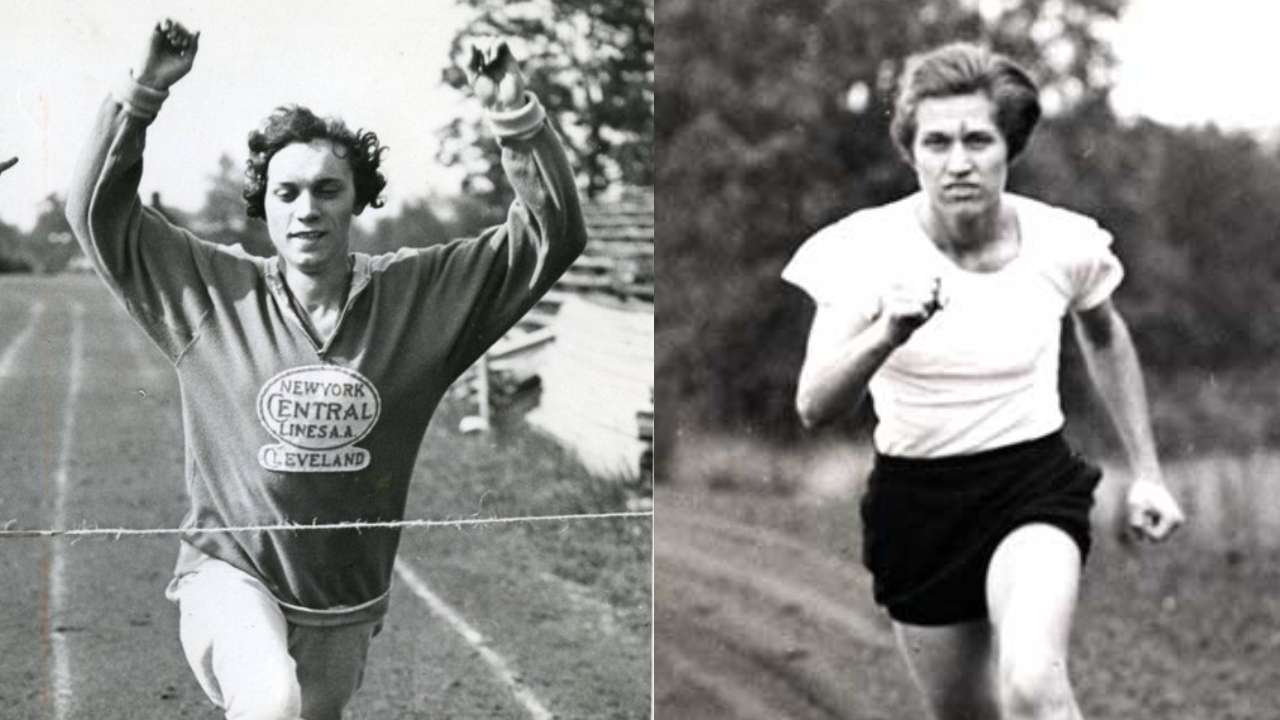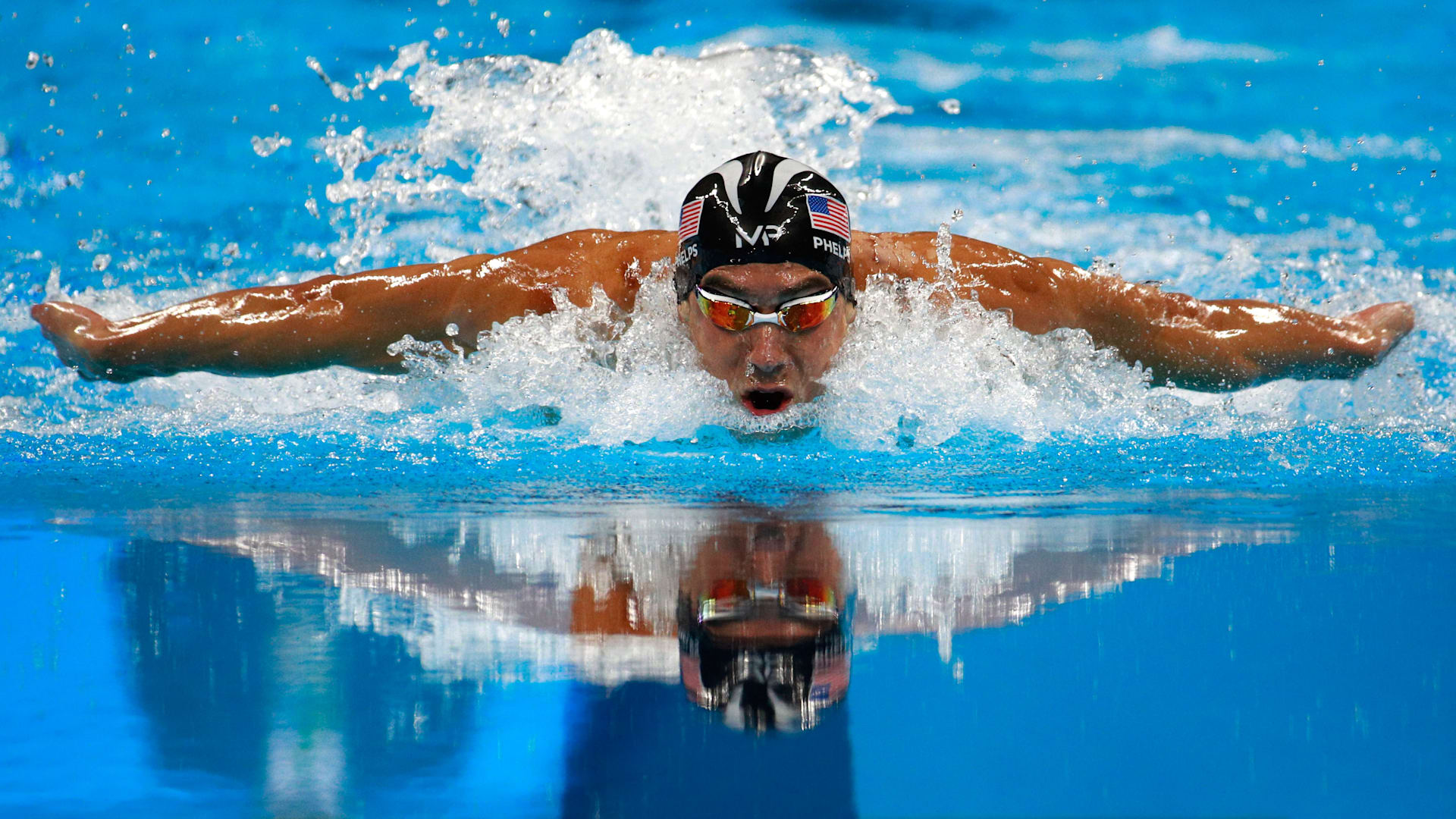“I’ve cut my hair. I’ve changed my dressing style so that people won’t know who I am. I am ready to wear churidar, to wear saree, to grow my hair long, plait it and even keep flowers in it. But can you give me back my medal? Are you ready to do that?” asks Santhi Soundarajan in a 2016 interview with Fountain Ink Magazine.
In 2006, Santhi Soundarajan became the first Tamil woman to win an Asian Games medal. Belonging to a Dalit family from Pudukottai, Tamil Nadu, she has won 12 International medals for India and 50 medals for her home state. But after her victory in 2006, Santhi Soundarajan was subjected to a disrespectful and invasive scrutiny of her biological sex.
Sex tests, also known as gender determination tests, for sporting events became a prevalent practice in 1950 after the International Association of Athletics Federation (IAAF) began physical examination, also known as “nude parades” of female athletes. The reason for these tests was the fear of Soviet and Communist countries sending men in the guise of women to compete in sporting events. This was backed by the flawed idea that women could not possibly defeat men if men started competing against women. In her book Seeing Like A Feminist, Nivedita Menon talks about the interesting case of the Polish sprinter Stella Walsh and the American sprinter Helen Stephens. In the 1936 Olympics, Stephens beat Walsh (who was considered the fastest woman in the world) and set a new record. It was claimed that no woman could run this fast and soon, Stephens had to undergo a sex test. The sex test proved that Stephens was in fact, a woman.

Also read: Caster Semenya Case: The Bias Against Women’s ‘Manly’ Bodies In Sports
However, 44 years later Stella Walsh died and her autopsy report stated that Walsh had a Y chromosome which as per the sex test made her a man, although, the presence of male organs in her body made her an intersex athlete. So the person who lost was ‘a man’ while the person who won was ‘a woman’. Menon uses this case to point out the flawed sense of fear and patriarchal logic on which the sex tests are founded.
Initially only a physical examination of the body and genitals would determine the sex of a person. However, from the 1968 Mexico Olympics onwards chromosome tests were used to determine the biological sex. While no man has ever been discovered masking as a woman through the sex tests, several women have been disbarred from competing owing to chromosome variations. In 1999 blanket sex tests for female athletes were abolished but they continue to be used in specific cases.
One of those cases is of Santhi Soundarajan. When Soundarajan returned from Doha, where the 2006 Asian Games were held, she was surprised to learn that she had failed her sex test. The same sex test which had been conducted after her victory without giving her any proper information or receiving her proper consent for reasons which remain publicly unknown. There have been speculations that some officials or rivals reported against Santhi Soundarajan which is what led to the sex test, but they remain speculations at best. The sex test determined that Soundarajan did not have female sexual characteristics and hence she was barred from competing in any sporting event and her medal was taken back from her. Her body became a ground for popular discussion across media houses and everybody had a final say about her body except Santhi Soundarajan herself.
One of the most controversial aspects of sex-verification tests is the fact that it is assumed that only two combinations of chromosomes – XX for female and XY for male – can exist in a body. This, however, is not true. There can be multiple chromosome variations present in one body. A woman, therefore, can have the Y chromosome cohabiting with the X chromosome. It was later determined that Soundarajan had partial androgen insensitivity syndrome (PAIS). In PAIS, a partial unresponsiveness of the cell to the presence of androgenic hormones impairs the development of male genitalia in a developing fetus. In some cases of PAIS a person can have underdeveloped male genitalia. In other cases, a person can have female genitals and breasts.
The very foundation on which sex tests have been built neglects and excludes all kinds of variations limiting itself to a chromosome binary and gender suspicions which arise out of a patriarchal understanding of what gender and biological sex are.
However, the very foundation on which sex tests have been built neglects and excludes all kinds of variations limiting itself to a chromosome binary and gender suspicions which arise out of a patriarchal understanding of what gender and biological sex are. The response Santhi Soundarajan received from the state and the society after her failed sex test was destructive to her mental health. She was called a cheat and shunned from the sporting community. Soon after, she experienced severe depression and attempted suicide. It was in 2013, after massive effort, that Soundarajan was able to become an athletic coach. In 2016, her plea to receive back her medal went viral and received much public support. However, 14 years later, Soundarajan has still not been able to get back her medal – a symbol of her achievements and dignity.

Another name that is relevant in the discourse around sex tests is of athlete Dutee Chand. Chand was barred from competing in women’s competitions in 2014 when tests proved that she had hyperandrogenism, that is, her testosterone levels were higher than an average woman athlete’s as per the guidelines of IAAF. This case was, however, taken up by The Court of Arbitration for Sport (CAS). The Court questioned IAAF’s guidelines and asked whether higher testosterone levels had any connection with better performance. Many athletes such as British athlete Paula Radcliffe supported the IAAF guidelines and are of the opinion that higher testosterone levels are an undue advantage.
There are many sportspersons who have hormonal or genetic variations that bring them advantage in their sport. A prime example of this is Michael Phelps. The swimmer has Marfan syndrome – the symptoms of which allow Phelps to have a body proportion which cuts through water more easily.

Interestingly, as Menon points out in her book Seeing Like A Feminist, there are many sportspersons who have hormonal or genetic variations that bring them advantage in their sport. A prime example of this is Michael Phelps. The swimmer has Marfan syndrome – the symptoms of which allow Phelps to have a body proportion which cuts through water more easily. It has also been known that Phelps’ body produces half the lactic acid than a normal athlete. Lactic acid produces fatigue and hence, Phelps has the capability to do better than other swimmers. Both of these are biological advantages that play in Phelps’ favour. Yet, when it comes to female athletes such as Santhi Soundarajan and the biological variations that may or may not be advantageous to them in their sport, there seems to be more questioning and less acceptance. As Erin Buzuvis says in her essay Caster Semenya and The Myth of a Level Playing Field, “Saying that no one can use natural advantage is antithetical to sport.”
Dutee Chand’s case brings a vital question to the forefront: does an increase in testosterone level make one less of a woman? The CAS ruled in favour of Dutee Chand who is now allowed to participate in track and field women’s events. When asked to limit her testosterone levels by drugs or surgery, Chand replied “I want to remain who I am and compete again.”
Also read: The Horror Of Sex Verification In Sports
The sporting world is perhaps one where the gender binary of male/female is the most visible, excluding all intersex and transgender people. The patriarchal values of ‘men are stronger/better/more physically capable’ continues to be the prevalent narrative for conducting sex tests. However, much like all the logics of patriarchy, this argument too is full of crevices and fissures from which emerge figures – Santhi Soundarajan, Caster Semenya, Martinez-Patiño, Dutee Chand, etc. – that challenge the very existence of this binary.
About the author(s)
Isheeta is a features writer, a student of History and a prospective student of Gender Studies. She enjoys reading historical fiction, philosophy, gender theory and sipping coffee in quiet corners.




